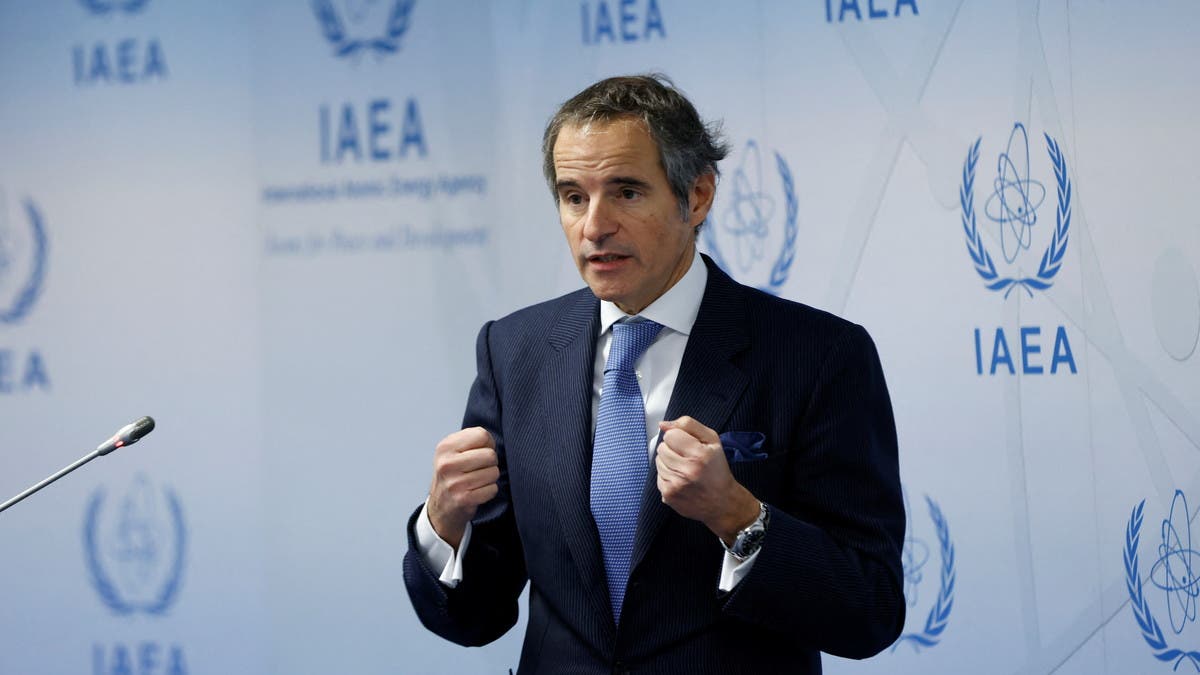
On Tuesday, the UN’s atomic watchdog chief labeled radiation levels at the Chernobyl nuclear disaster site as “abnormal”. Thereby, adding that the area’s brief Russian occupation was “very, very dangerous.”
During a visit on the anniversary of the world’s worst nuclear disaster of Chernobyl, International Atomic Energy Agency head Rafael Grossi observed, “The radiation level, I would say, is abnormal.”
“There have been some moments when the levels have gone up because of the movement of the heavy equipment that Russian forces were bringing here, and when they left,” he said.
“We are following that day by day.”
He arrived at the sarcophagus that houses the nuclear reactor’s toxic remains. He described the Russian occupation as “absolutely abnormal and very, very dangerous”.
On February 24, the first day of Russia’s invasion of Ukraine, Russian troops took control of the location. Thus, imprisoning Ukrainian soldiers and detaining civilian workers.
The takeover, which lasted until the end of March, sparked worries of nuclear leaks around the world.
Russian forces may have been exposed to radiation, according to Ukrainian officials. It is after building fortifications in “many places” at the site and kicking up clouds of dust with their armored vehicles.
An uncontrolled nuclear chain reaction destroyed the reactor on April 26, 1986. It was in an accident that the Soviet authorities originally hushed up.
Hundreds of people died, while the precise number is unknown.
Except for a few elderly locals who returned despite an official ban, officials evacuated 350,000 people from a 30-kilometer (19-mile) radius around the facility. It is an exclusion zone that remains empty.
The three remaining reactors at Chernobyl shut down one by one, with the last one shutting down in 2000.






